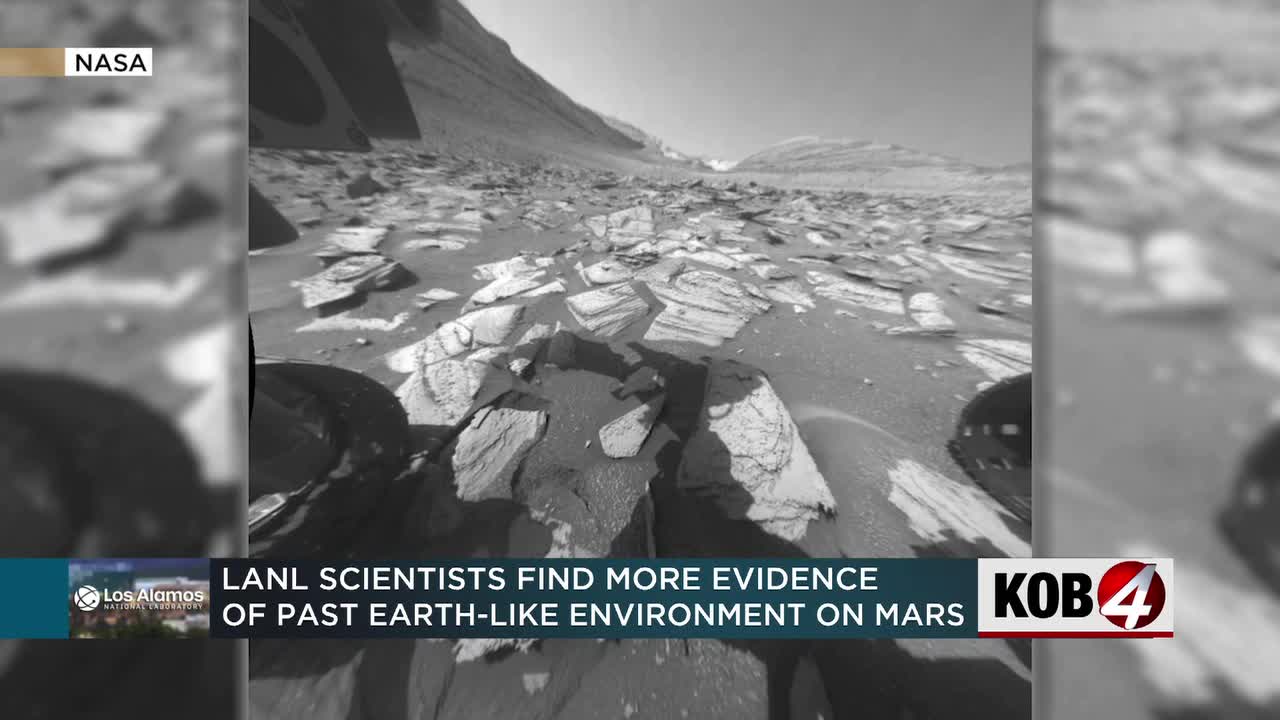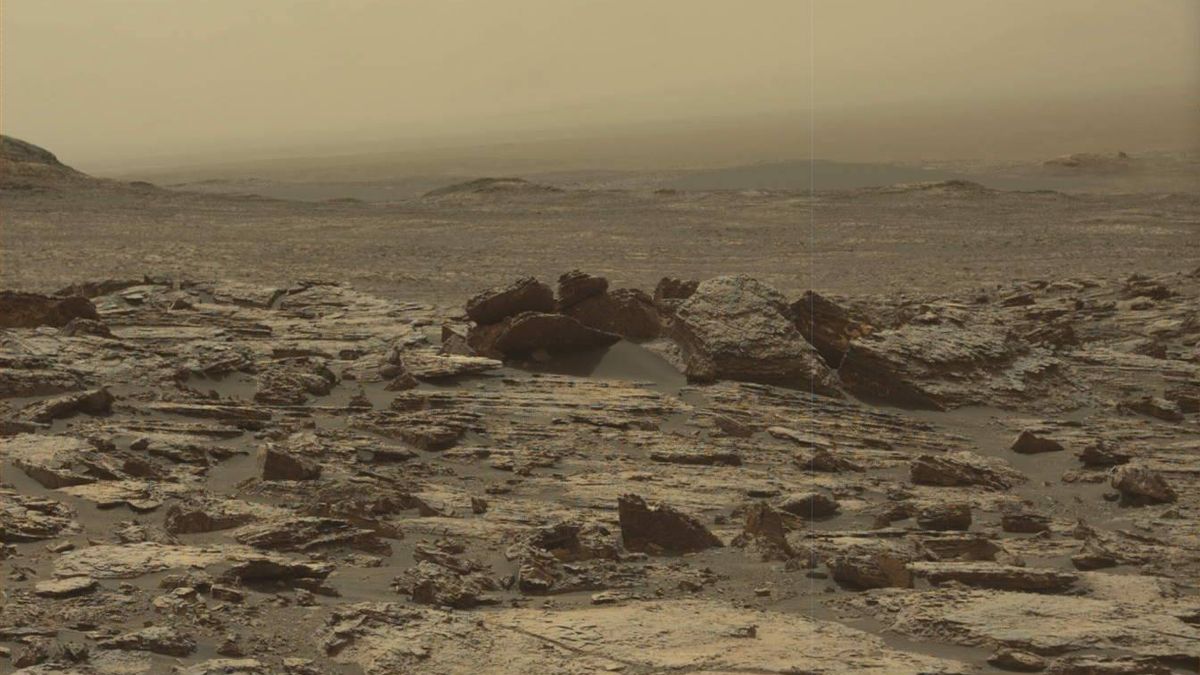
Scientists from Los Alamos National Laboratory (LANL) have made a significant discovery on Mars that could potentially rewrite the narrative about the planet's past habitability. The team, led by research scientist Patrick Gasda, has identified evidence of Earth-like environments on Mars through the analysis of images sent back by NASA's Curiosity Rover.
The discovery was made in Gale Crater, a location previously believed to be an ancient lake bed. According to Gasda and his team, they found layered, flat rocks that are characteristic of lake formations and contain clay minerals or rock formed in water. These findings suggest that Mars once had conditions suitable for the existence of microbial life.
The Curiosity Rover has been exploring Mars since 2015 with the goal of understanding the planet's geology and determining if it could have supported life. The rover landed in Gale Crater, which is located along Mars' equator. In a statement, Gasda explained that after landing, they found evidence for running water such as rivers and lakes.
The images sent back from the Curiosity Rover showed large fields of manganese rocks. According to Gasda, these rocks are layered and flat, which is characteristic of rocks formed in lakes. Additionally, they contain clay minerals or rock that can only form in water.
While the water that once existed on Mars is long gone, it does not necessarily mean all life is gone as well. Gasda stated that all observations suggest yes if there are microbes on Mars, they would be able to survive in the Martian environment.
Gasda and his team published their findings in the Journal of Geophysical Research. They emphasized that every image from Mars is a new opportunity for scientists to understand more about the planet's geology and potential habitability.
For Related Stories: Spencer Schacht



